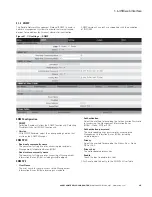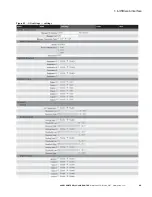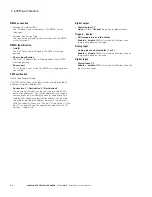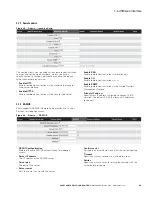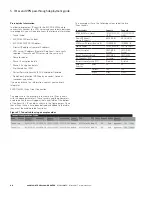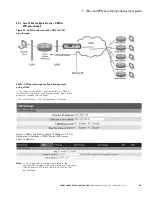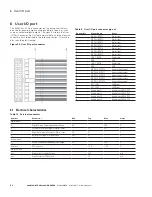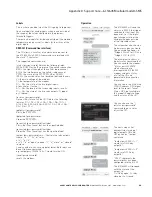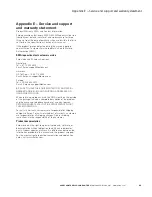
49
645M 4G/LTE CELLULAR ROUTER
MN032003EN March 2017 www.eaton.com
Prerequisite information
In order to implement IPsec with the ELPRO 645M and to
successfully connect to a VPN server and secure data between
two endpoints, you will need to know the following information.
•
Tunnel Label
•
ELPRO 645M local subnet
•
ELPRO 645M PPP IP Address
•
Firewall IP address (remote IP address)
•
VPN server IP address (Remote ID optional—not usually
required if firewall and VPN server are the same unit)
•
Remote subnet
•
Phase1 Encryption details
•
Phase 2 Encryption details
•
Pre-Shared Key (PSK)
•
Perfect Forward Security (PFS) Enabled or Disabled
•
Dead Peer Detection (DPD) delay (seconds), timeout
(seconds) and action
If you do not have this information, contact your network
integrator.
ELPRO 645M IPsec Client Connection
This example will use the following values to define two
IPsec tunnels.
Tunnel Label
Tunnel1
Tunnel2
ELPRO 645M local subnet
10.192.10.192/29
(LAN)
10.192.10.192/29
(LAN)
Firewall IP Address
(remote IP Address)
68.28.128.192
68.28.128.192
VPN Server IP Address (Remote ID)
10.168.86.192
10.168.86.192
Remote Subnet
192.32.8.254/32
10.0.198.198/32
Phase1 Encryption
3DES/MD5/
Group2
3DES/MD5/
Group2
Phase 2 Encryption details
3DES/MD5
3DES/MD5
Pre-Shared Key (PSK)
Password1!
Secret2!
Perfect Forward Security (PFS)
Disabled
Disabled
Dead Peer
Detection
delay
30
30
timeout
150
150
action
Clear
Clear
The objective in this example is to create two IPsec tunnels
with the above parameters. These tunnels and the parameters
used to define them will appear the Tunnel Table at the bottom
of the Security » IPsec tab as shown in the figure below. Once
these IPsec tunnels have been defined and added to the table,
they must be enabled to be functional.
Figure 51 . Tunnel table using example values
5 IPsec and VPN pass-through deployment guide




